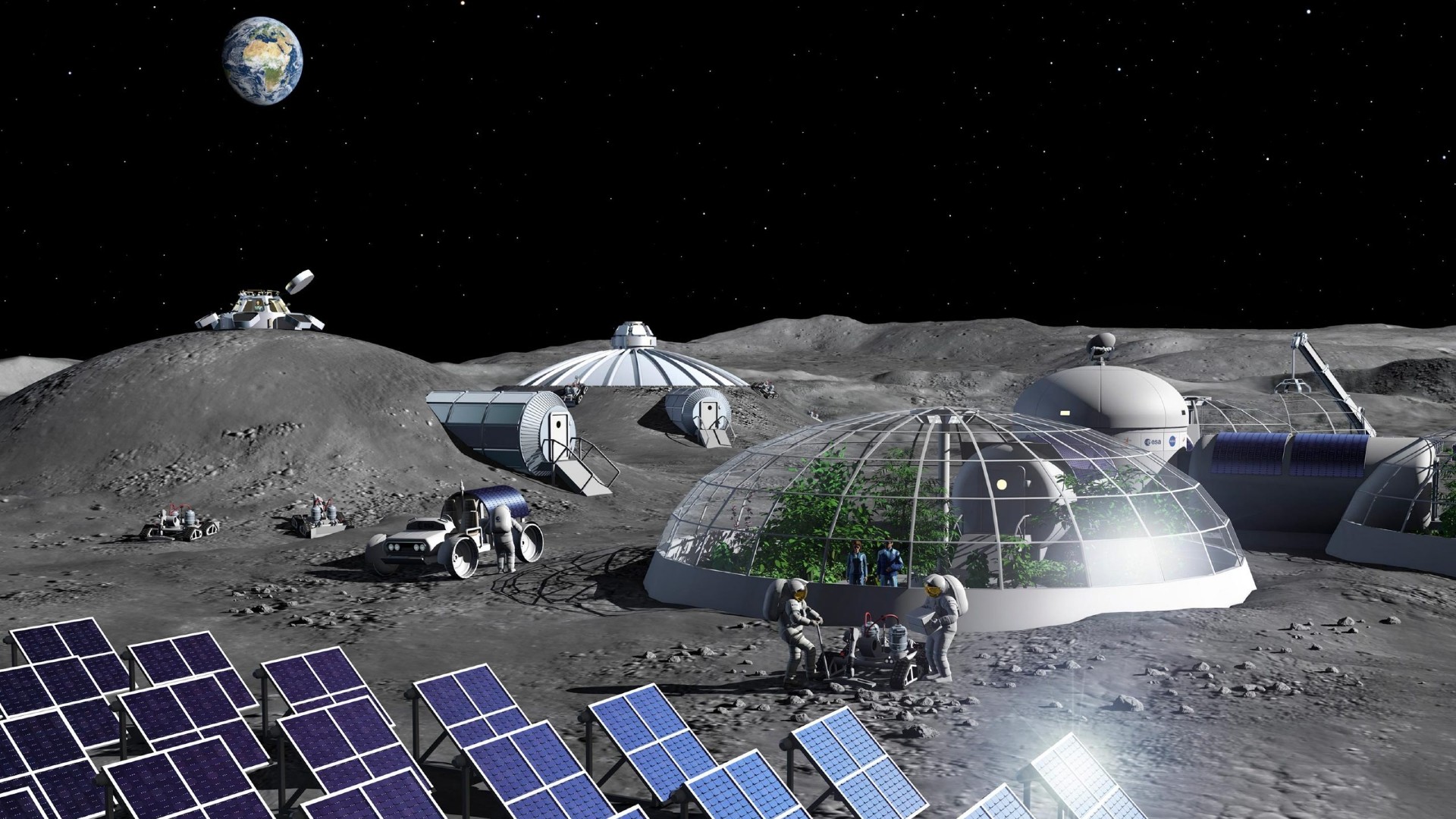Key Takeaways
- A Chinese research team has developed a one-step process to produce oxygen and methane from lunar soil, potentially aiding future lunar settlers.
Innovative Lunar Resource Utilization
Researchers from China have made significant strides in utilizing lunar soil, or regolith, to produce vital resources for future lunar settlers, specifically oxygen and methane. This innovative one-step method integrates water extraction and photothermal carbon dioxide catalysis. Team member Lu Wang from the Chinese University of Hong Kong expressed surprise at the success of this integrated approach, citing improved energy efficiency and reduced infrastructure complexity as key benefits.
Transporting supplies from Earth to a lunar base is costly, with studies estimating it could cost $83,000 to send just one gallon of water to the moon. Each astronaut requires approximately four gallons of water daily, presenting a logistics challenge. Fortunately, lunar water exists, primarily found in permanently shadowed craters and trapped within minerals like ilmenite, a process believed to be established by comet and asteroid impacts.
The Chinese team’s method begins by heating lunar regolith to 392 degrees Fahrenheit (200 degrees Celsius) using focused sunlight, which releases trapped water. Subsequently, carbon dioxide, likely from astronauts’ exhalation, is added to facilitate the reaction between the water and regolith, resulting in the production of oxygen and methane. Unlike earlier technologies that required multiple steps and machinery transported from Earth, this new approach aims to streamline the process, making it more cost-effective.
Philip Metzger, a planetary physicist from the University of Central Florida, acknowledged the research’s novelty, though he raised concerns about the feasibility of heating regolith efficiently. As a thermal insulator, lunar soil presents challenges in uniformly distributing heat deep enough to produce significant water amounts in a short timeframe. Suggestions have been made to “tumble” the regolith for more effective heat application, but this complicates the extraction process.
Furthermore, Metzger indicated potential limitations in sourcing adequate carbon dioxide from astronauts, who might only produce around 10% of what is needed. Transporting CO2 from Earth also contradicts the primary goal of utilizing lunar resources effectively. He speculated that materials designed specifically for catalysis could prove more efficient, arguing that these could ultimately be more effective despite the initial transportation costs.
The research highlighted that while the process shows promise for generating water, oxygen, and methane, its economic competitiveness is still in question. The team’s findings suggest the need for further experimentation to demonstrate efficiency under the moon’s harsh conditions.
With NASA’s Artemis missions planned for returning humans to the moon starting in 2027, there is ample opportunity to test and refine this technology. Whether or not lunar regolith can be a sustainable resource remains to be seen, but it is clear that this research paves the way for future investigations into human habitation on the moon. The results were published in the journal Joule on July 16.
The content above is a summary. For more details, see the source article.















